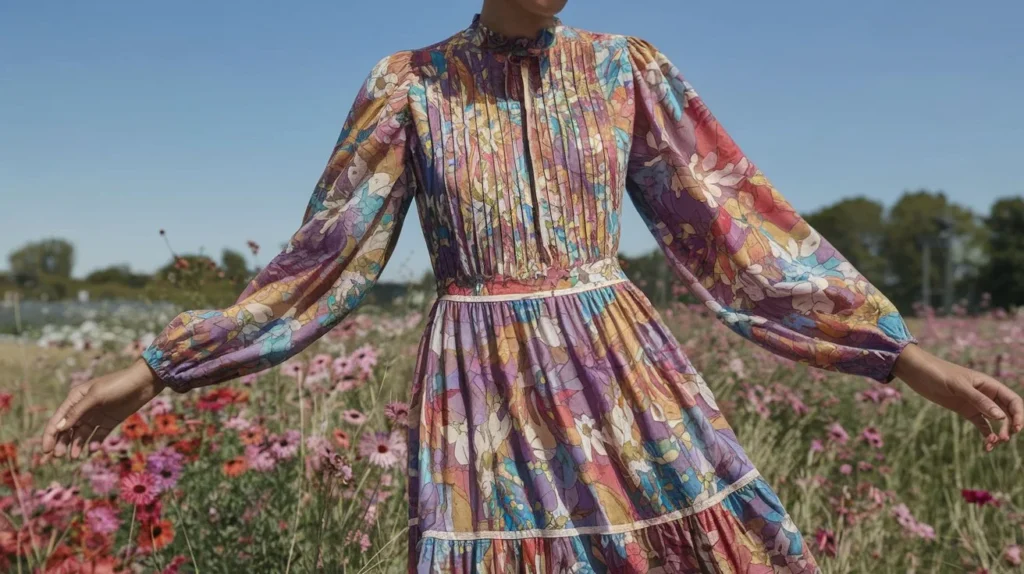
Fashion is more than just clothing. It’s a powerful tool for self-expression, resistance, and celebration. For marginalized groups, it holds even greater significance. Through fashion, many reclaim their cultural heritage, challenge stereotypes, and showcase the beauty of diversity.
In this article, we’ll explore how marginalized communities use fashion to tell their stories, fight societal biases, and empower themselves.
Why Fashion Matters to Identity
Fashion isn’t just about looking good; it’s about feeling seen. For marginalized groups, mainstream culture often erases or misrepresents their traditions and stories. Fashion becomes a way to reclaim what’s been lost or misunderstood.
A Tool for Reclaiming Heritage
Clothing and accessories tied to cultural traditions are often dismissed as “exotic” or outdated. By wearing traditional attire in modern settings, marginalized communities push back against this narrative.
- Indigenous groups use beadwork, embroidery, or patterns to honor their ancestors.
- African Americans have embraced natural hairstyles, Ankara prints, and Kente cloth to celebrate their roots.
- South Asian designers modernize sarees and kurtas, blending heritage with contemporary fashion.
These choices send a clear message: heritage is timeless and worth celebrating.
Fighting Stereotypes Through Style
Fashion speaks louder than words. Marginalized groups are using it to challenge harmful stereotypes.
Breaking Down Bias
For years, specific clothing or hairstyles have been used to stereotype certain groups. But today, individuals are reclaiming these expressions:
- Hijabis are redefining modest fashion, proving it can be stylish and empowering.
- LGBTQ+ individuals use bold colors and androgynous styles to defy gender norms.
- Black communities embrace streetwear and luxury brands, reshaping perceptions of urban fashion.
These acts of defiance challenge people to look beyond surface-level assumptions.
Fashion as a Celebration of Diversity
Diversity is beautiful—and fashion proves it. By showcasing traditional garments or mixing cultural influences, marginalized groups highlight the richness of their identities.
Fusion Fashion: A Global Celebration
Many designers from marginalized backgrounds are making waves by blending cultural elements with modern aesthetics.
- Mexican embroidery meets contemporary silhouettes.
- Indigenous patterns inspire haute couture collections.
- Afro-futuristic designs combine African traditions with bold, futuristic visions.
This cross-cultural creativity not only celebrates diversity but also educates others about its value.
How You Can Support Diverse Fashion
Supporting fashion as a form of cultural and identity expression doesn’t have to be complicated. Here are a few ways to make a difference:
- Shop from minority-owned brands: Seek out designers who draw from their heritage.
- Educate yourself: Learn about the cultural significance behind certain styles or garments.
- Respect traditions: Avoid cultural appropriation by appreciating, not exploiting, someone else’s culture.
By making conscious choices, you can help amplify the voices of marginalized communities.
Final Thoughts: Fashion as Resistance and Celebration
Fashion is more than fabric; it’s a statement. For marginalized groups, it’s a way to reclaim power, fight stereotypes, and celebrate what makes them unique. From traditional attire to modern interpretations, every stitch tells a story.
Let’s honor these stories by supporting diverse fashion and respecting the cultural identities they represent.
What’s your favorite example of cultural expression through fashion? Share your thoughts below or explore brands that celebrate diversity. Together, we can make fashion a force for inclusion and empowerment.